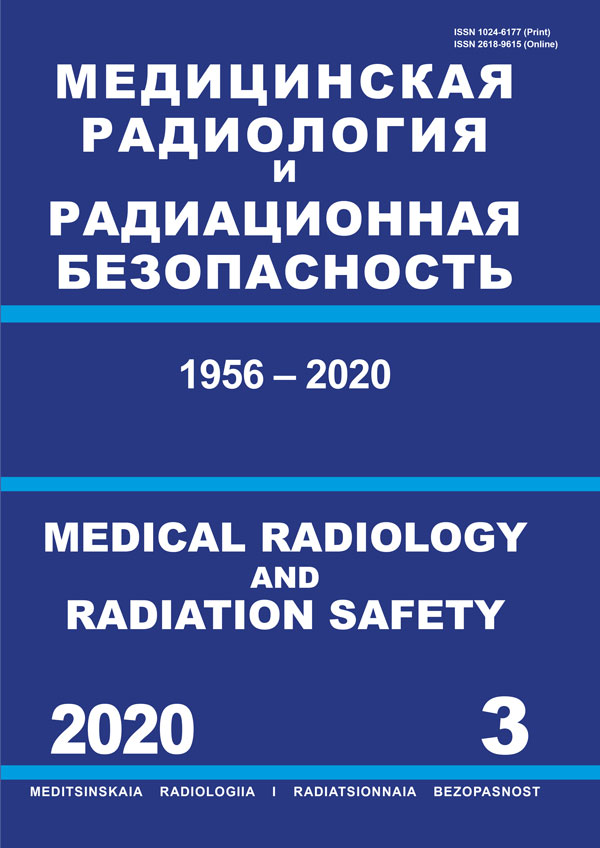Moscow, Russian Federation
Russian Federation
Russian Federation
Russian Federation
Russian Federation
CSCSTI 34.03
For random-bred albino rat and for eight most known rat lines (Wistar, Wistar Hannover, Wistar Kyoto, Sprague Dawley, Lewis, Fisher 344, Lister and Long-Evans) a brief review of the origins and features was made, and data on the age–weight dependences in norm obtained from experimental works and presented in the materials of firms and nurseries were analysed. The data extracted from the sources by digitizing the original curves or taken from there from the tables were combined (Mean ± 95% Confidence Intervals), and the values were compared in parallel along the Student’s t-test and the Mann–Whitney U-test. For half the rat lines (males and females) it was found that the body weight growth in works and nurseries does not coincide (statistically significant or in the form of distinct trends), and the discrepancy can began either from a certain time moment (Wistar Hannover, Sprague Dawley), or almost immediately after birth (Lewis, Long-Evans). The detected phenomenon has practical significance for the object selection for radiosensitivity investigation. Differences in age at the same weight of animals in the experiment and in nurseries can cause errors in background radioresistance. A review of the studies on dependence of the radiosensitivity on the age of irradiated rats was performed with the reproduction of a number of published data in a graphic form and it was concluded that a mistake in the age of rats even for a few weeks can strongly affect the radiosensitivity. It is noted that the importance of taking into account the body mass index is due to the dependence on it of the mass of internal organs, the magnitude of which is affected, among other things, on the results of internal dosimetry. Distribution by growth intensity (an age of achievement of weight 200 g) for males is follows: Wistar > Sprague-Dawley = Lister > Long-Evans (from nurseries) > Wistar Hannover > Lewis > Wistar Kyoto > Fisher 344 > Long-Evans (from works) > Wistar from 1906–1932 > random-bred albino. As a result of the study, standard, tabular growth curves for random-bred rat and eight mentioned rat strains obtained by combining and statistical processing of data from all available sources were also presented. This material continues the traditions of Donaldson’s Tables (H.H. Donaldson, 1915) and the growth standards for laboratory animal lines in work of S.M. Poiley (1972). The report of the individual data by some characteristics of a rat species is presented: average life expectancy, age and weight for various physiological periods of the development, and also a certain ‘standard’ weight for a rat as a species.
random-bred and pure-bred rat strains, Wistar, Wistar Hannover, Wistar Kyoto, Sprague Dawley, Lewis, Fisher 344, Lister, Long-Evans, standard weight growth curve, age-dependent radiosensitivity





